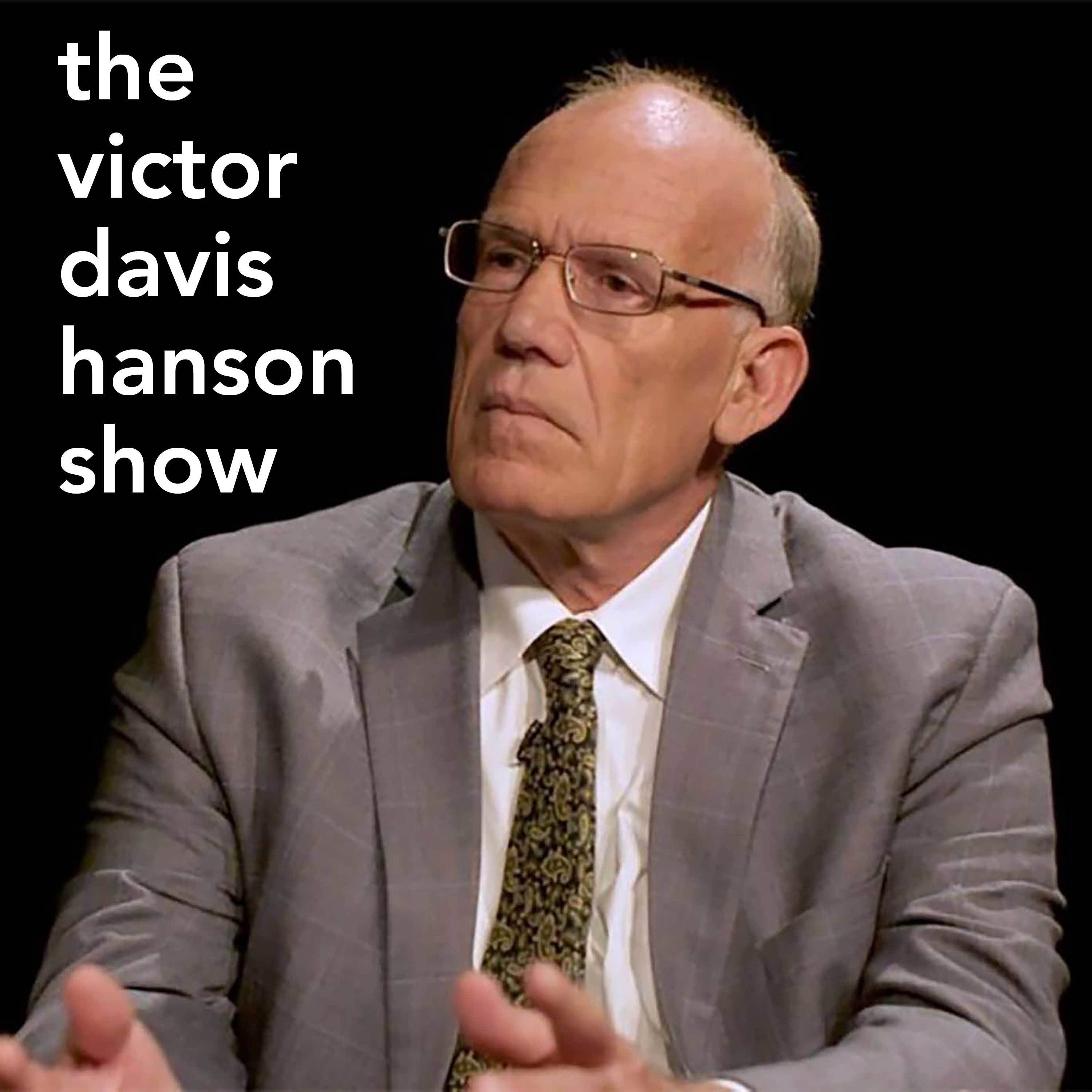Art, History, and Human Resilience with Sabin Howard
In this episode, Victor interviews renowned figurative sculptor Sabin Howard. They delve into Sabin's monumental task of creating the World War I memorial, exploring his artistic process, influences, and the significance of his work. Sabin shares insights into the classical techniques he employs, the cultural importance of figurative art, and his vision for future projects.
See Privacy Policy at https://art19.com/privacy and California Privacy Notice at https://art19.com/privacy#do-not-sell-my-info.
Press play and read along
Transcript
Transcript is processing—check back soon.
The Victor Davis Hanson Show — Art, History, and Human Resilience with Sabin Howard
